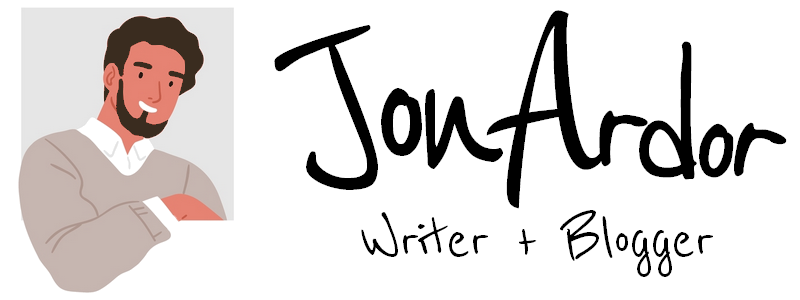6 Most Important Characteristics of a Fable

Fables offer a special kind of storytelling, using animals as the main characters to share valuable life lessons. These stories effectively teach wisdom through engaging narratives. Animal characters in fables act like humans, experiencing adventures or challenges that end with a meaningful message designed to educate readers and listeners.
Several factors make fables appealing. They offer an easy-to-understand method of teaching essential morals or principles, making them suitable for all ages, including kids. Fables connect with people worldwide, crossing cultural and language barriers, while their timeless stories touch hearts across the years.
A fable needs a clear and straightforward narrative that presents a problem or conflict with a resolution that teaches a moral lesson. Animal characters depicting human qualities are vital in fables. These animal personalities should capture readers, making it easy to see themselves on their journeys.
Characteristic #1: Animal characters
In fables, animal characters are imaginative beings with human-like qualities, often taking center stage in the stories. These aren’t just ordinary animals. They can think, talk, and show traits like humans.
Take Aesop’s fable “The Tortoise and the Hare” as an example. The tortoise and the hare represent patience, determination, overconfidence, and impatience. With these animal characters, readers can better connect with the story’s themes and morals. Fables use animals as effective symbolism, making human behaviours easier to grasp and remember.
Characteristic #2: Moral lessons
Fables teach morals or messages through animal characters’ actions, outcomes, and behaviours. They offer engaging ways to pass down valuable life lessons. Fables shape character by imparting wisdom through storytelling.
Besides being entertaining, fables serve to uplift morality. Reading these stories lets people analyze the characters’ decisions and actions and relate them to their lives. Morals provoke critical thinking and foster a deeper appreciation of ethical values. By simplifying moral dilemmas, fables cater to diverse audiences like kids and young adults.
Characteristic #3: Simple narratives
Fables have simple stories that are easy to follow. They usually have a basic plot with an apparent problem and a solution that teaches a moral lesson. This makes them suitable for readers of all ages, including high school students. Their simplicity helps people understand and remember the message.
For example, in “The Boy Who Cried Wolf,” the story is clear and simple. A boy lies about a wolf, so villagers help him. But when a real wolf comes, no one believes him, which leads to adverse consequences. The simple story teaches honesty and trustworthiness. With no complex twists or fancy storytelling, readers can focus on the main moral lesson.
Characteristic #4: Universality
Fables also have a special quality where people from different cultures, ages, and backgrounds can enjoy them. They talk about key aspects of human life and morals common to everyone. This makes them popular and easy to connect with over time. Universality is a key part of what makes fables so appealing.
These stories share messages and lessons that transcend culture or language. For instance, “The Golden Goose” teaches us that sharing is essential. This message is meaningful in many places worldwide because it’s a fundamental human value. Fables are universally appreciated by people of all backgrounds, helping to build understanding between different cultures and convey timeless knowledge.
Characteristic #5: Timelessness
Timelessness means that stories stay significant throughout the years, despite changes in culture, society, or technology. Fables share moral lessons not linked to any era, making them meaningful today and in the past. These tales continue to touch readers of all ages, ensuring their ongoing popularity and usefulness as moral education tools.
For instance, the fable “The Boy Who Cried Wolf” has been shared for centuries. Still, its lesson about dishonesty’s consequences and credibility’s importance remains as relevant today as it was in ancient times. The lasting nature of this fable shows how its moral teachings withstand time and cultural shifts. Timelessness is helpful since it lets fables teach crucial values and ethics to audiences, keeping their lessons up-to-date in a constantly changing world.
Characteristic #6: Abstraction
Abstraction seen in fables uses animal characters and straightforward situations to represent complex human behaviours, values, and morals. Often containing allegories and symbolism, these stories express abstract ideas simply and understandably. By featuring animals as characters, fables abstractly showcase human traits and dilemmas, simplifying them for readers. This abstraction is beneficial since it makes it easier for audiences, particularly young ones, to understand the ethical messages presented in the stories.
Abstraction creates distance from real-life situations’ complexities, helping readers see more general ethical implications. For example, in “The Ant and the Grasshopper,” the ant’s dedication and the grasshopper’s idleness become a clear message about working hard and preparing for the future. Abstraction enables fables to make meaningful ideas more accessible and memorable while helping readers connect fundamentally with moral teachings.
